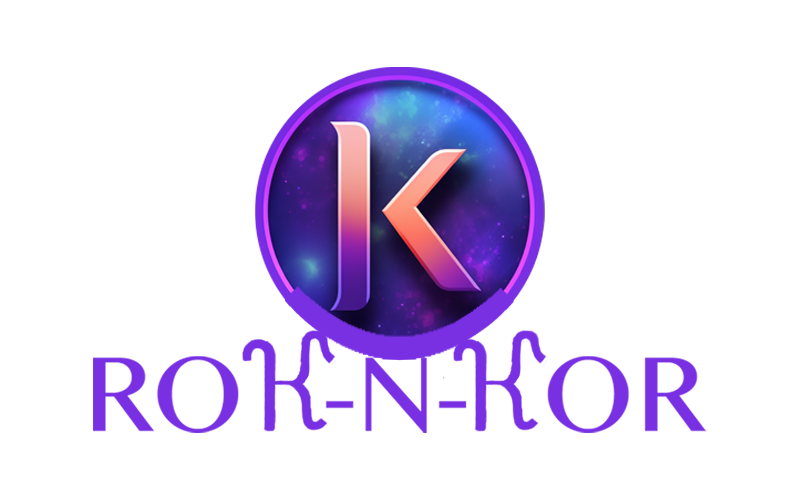Choosing the right monitor for your computer is a necessary decision that can greatly affect your overall computing experience. Here are 10 key aspects to consider when selecting a monitor that aligns with your needs and preferences:
1. Display Technology
There are three main types of display technologies: LED (Liquid Crystal Display), OLED (Organic Light-Emitting Diode), and LCD (Liquid Crystal Display). Each has its advantages and drawbacks, impacting factors such as color accuracy, contrast ratio, and energy efficiency.
2. Resolution
The monitor’s resolution determines the clarity and sharpness of images and text. Common resolutions include Full HD (1920×1080), 4K UHD (3840×2160), and even higher resolutions for professional applications. Choose a resolution that suits your intended use, such as gaming, content creation, or general computing.
3. Screen Size
The screen size influences the viewing experience. Consider how you’ll be using the monitor – a larger screen may be preferable for multitasking or gaming, while a smaller screen might be suitable for compact workspaces.
4. Refresh Rate
The refresh rate, measured in Hertz (Hz), shows how many times per second the monitor refreshes the image. Higher refresh rates, such as 120Hz or 144Hz, result in smoother motion, making them beneficial for gaming and video editing.
5. Response Time
Response time measures how quickly pixels can change colors. Lower response times reduce motion blur, which is essential for fast-paced activities like gaming. Look for monitors with response times of 5ms or lower.
6. Color Accuracy and Gamut
If color accuracy is crucial – as in graphic design or photo editing – opt for a monitor with a wide color gamut (sRGB, Adobe RGB, DCI-P3). Color accuracy is influenced by factors like panel type and backlighting.
7. Connectivity Options
Ensure the monitor has the necessary ports to connect to your computer and other devices. Common ports include HDMI, DisplayPort, USB-C, and older VGA or DVI ports. Choose a monitor that supports your preferred connectivity method.
8. Ergonomics and Adjustability
Consider the monitor’s ergonomics – the ability to adjust height, tilt, swivel, and pivot. A monitor that can be customized to your comfort level prevents strain and enhances long-term usability.
9. Panel Type
Monitors come with different panel types, such as In-Plane Switching (IPS), Twisted Nematic (TN), and Vertical Alignment (VA). IPS panels provide wide viewing angles and accurate colors, while TN panels prioritize fast response times. Opt for a panel type that suits your needs.
10. Price and Budget
Set a budget before you start browsing. Monitors come in a wide price range, so identifying how much you’re willing to spend can help narrow down your options.
Conclusion
Selecting the right monitor for your computer requires carefully considering factors contributing to your computing experience. From the display technology to screen size, each element is crucial in determining how well the monitor aligns with your needs. Factors like connectivity options, ergonomics, panel type, and budget all impact your overall satisfaction with the chosen monitor.
When making your decision, it’s essential to strike a balance between your intended use, preferences, and available resources. Whether you’re a professional seeking color accuracy, a gamer pursuing high refresh rates, or a casual user looking for a versatile monitor, thorough research and consideration of these ten key aspects will guide you toward a monitor that enhances your computing experience for years.
